The Biochemist Behind Light Beer, the Greatest Marketing Gimmick the World Has Ever Seen
Beer.
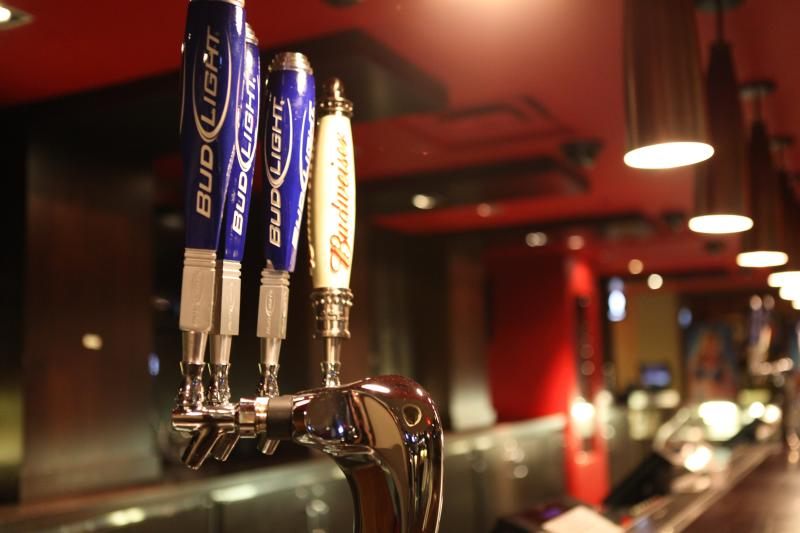
Bud light taps. (Photo: Michael Dorausch/CC BY-SA 2.0)
A version of this post originally appeared on Tedium, a twice-weekly newsletter that hunts for the end of the long tail.
When it comes to products we eat or drink, we love our gimmicks.
In the past week alone, Crystal Pepsi has returned to the shelves after a 23-year absence and Burger King tried putting a Whopper in a tortilla wrap.
Those are great gimmicks that will win some pretty killer business for those brands, despite the likely high calorie counts of each item. (A 20-ounce bottle of Crystal Pepsi has 250 calories. How? It’s clear!)
But the greatest gimmick of all time might have been the creation of light beer—a swill that is widely derided by snobs like me, but nonetheless defines the modern beer industry.
It was an immense success story, because it solved a problem for many beer drinkers, Bud Light didn’t hit the market until 1981, but despite that, the light beer category exploded, making up 28 percent of total beer sales by 1990, according to the Chicago Tribune.
As one supermarket category manager told Chain Drug Review back in 1998, “Beer drinkers may be couch potatoes, but if they can’t rouse themselves to shed their fat with exercise at least they want to slow the weight gains. If they drink a light beer with their baked chips, they can tell themselves they’re not neglecting their health.”
These days, light beers make up seven of the 10 most popular brands of U.S. beer, with Bud Light far outpacing everyone else.
But Bud Light didn’t invent light beer. In fact, Miller Lite beat them to the market by years. And both have Joseph Owades to thank for the invention.
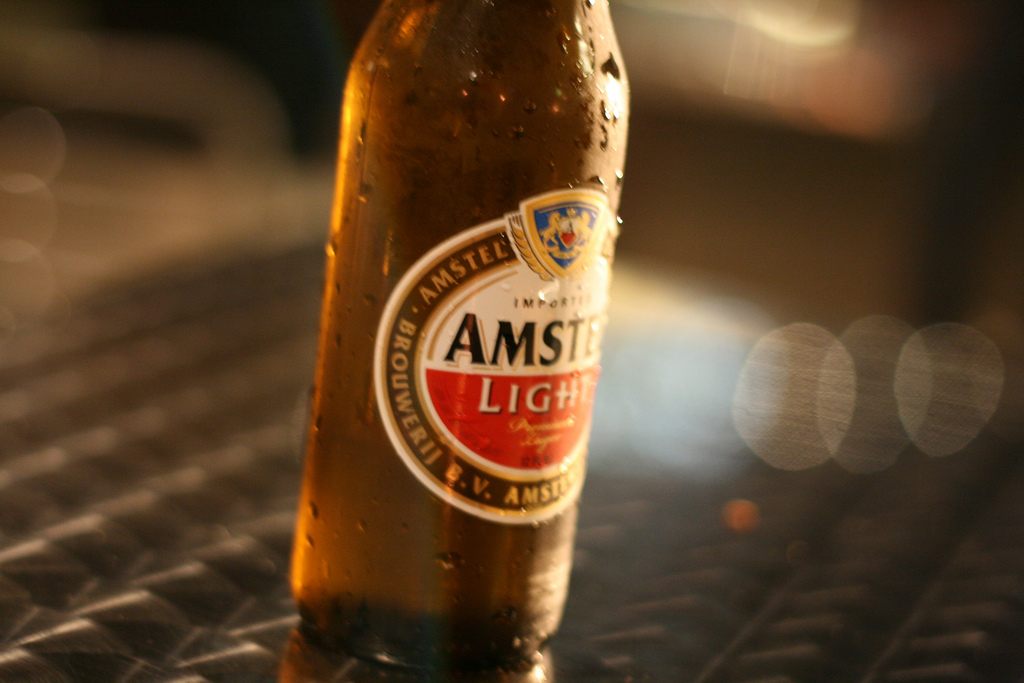
Amstel Light. (Photo: Cyril Caton/CC BY 2.0)
It probably says a lot about light beer that the man widely considered the inventor of low-calorie swill was a biochemist.
Owades, the man behind light beer, figured out the scientific elements of creating the beverage—and he did a bunch of research into the way yeast interacted with the starches in malt. He found an enzyme in yeast that removed much of the starch while ensuring the beer kept the properties of beer, and that led to the creation of Gablinger’s Diet Beer, a brew sold through his employer at the time, Rheingold Breweries.
As you can tell by the name, the marketing prowess that light beers are famous for wasn’t really in check at the time, and the beer quickly flopped—as did a follow-up product by Meister Brau that was allowed to use Owades’ recipe. Nonetheless, Owades knew he was onto something.
“It was a common belief then that drinking beer made you fat,” Owades said, according to his 2005 Washington Post obituary. “People weren’t jogging, and everybody believed beer drinkers got a big, fat beer belly. Period. I couldn’t do anything about the taste of beer, but I could do something about the calories.”
His idea was too good to hide behind bad marketing. After a set of mergers, his process ended up in the hands of Miller Brewing, and soon after that, the basic formula was being used to create Miller Lite, which launched in 1975 to immediate success.
Miller, at times, has implied it invented light beer, which some consumer watchdogs have criticized the company for.
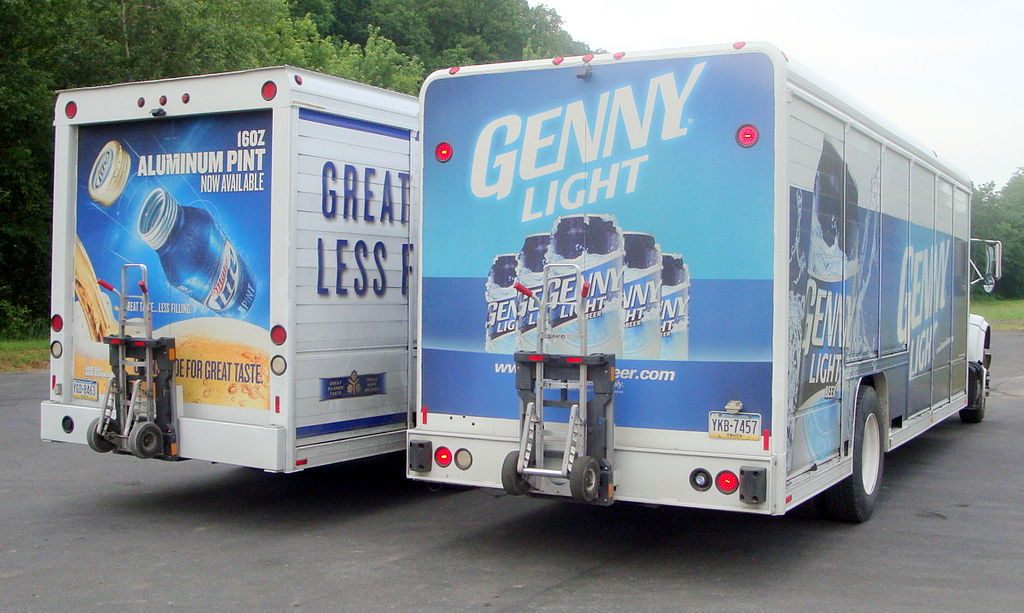
Miller Light and Genny Light beer trucks. (Photo: MobiusDaXter/CC BY-SA 3.0)
“Listen, Miller Lite-ites, we’re not out here to kill your buzz, man,” the advocacy group Truth in Advertising wrote in a blog post last year. “Your go-to beer has a storied history indeed. We just think consumers should know that there’s a certain spin to the tale as told in current advertising.”
(In a response to the group, a Miller spokeswoman emphasized that Miller was “the first successful low-calorie beer,” which is accurate.)
The invention of light beer, it turns out, is the easy part. The hard part involves making sure it comes out consistently, especially at the scale at which major brewers work.
A 2012 Mental Floss piece details exactly how complicated it is, highlighting the fact that a lot of factors are at play in ensuring the brews remain at a high quality, and how the light beer creation process—specifically how the fermentation takes place—is a major differentiator between good light beer and bad light brew.
“At all 137 Anheuser-Busch breweries around the globe, Budweiser and Bud Light undergo exactly five and a half days of primary fermentation and 21 days of lagering, all at 50°F, plus or minus one degree,” the article explains. “Any warmer and the beer could end up thick and flabby, instead of ‘clean, crisp, and fresh.’”
Light beer is the stuff that pays for sports bars and Super Bowls. And the space, even to this day, is immensely competitive.
We can thank Miller Lite’s aggressive, out-of-the-gate ad strategy for that. At the time of its launch, the company brought out major sports stars—for example, this ad’s use of Whitey Ford and Mickey Mantle was pretty effective at the time, and even shoehorned in the immortal “tastes great/less filling” line.
But it did inevitably create an arms race that’s still, slowly, playing out to this day. Having seen the success of Miller Lite’s celeb-heavy approach (which faced, let’s say, diminishing returns), other companies quickly followed suit. Schlitz, for example, hired famed action star James Coburn to promote its light beer.
And Miller’s natural enemy Anheuser-Busch rushed to get its own version of light beer on the market. It took them three tries before they finally got it right. The first try gave us Natural Light, a beer associated with the bottom of the barrel these days, but back then, it was promoted at the same tier as Budweiser and had Mission: Impossible star Peter Graves defending the product to the public.
The second gave us Michelob Light, whose pedigree—and that of its cousin Michelob Ultra—have totally usurped the parent brand’s momentum in every way, shape, and form. One of their ads featured a before-he-was-famous Ted Danson.
But ultimately, the light beer trend had become too big to ignore, because eventually Budweiser Light came onto the scene. (Its name trim came later.) The 1981 launch of the beer that became the most popular in the land, how did it get off the ground advertising-wise? Well … they didn’t have Mickey Mantle available, that’s for sure.
Budweiser Light’s inauspicious start as the king of advertising involved a lot of, uh, sports. A 1981 ad featuring a basketball player going for the winning shot is one example of the kind of approach you’d never seen in a Bud Light ad today. Another involved a bike race, a brass instrument of some kind, and a particularly bad jingle more fitting of an energy drink than a product designed to get you drunk slightly more slowly than its regular version.
“The best: You’ve found it in yourself, and now you’ve found it in the beer you drink,” a voiceover says in a super-serious way that current Bud Light spokespeople Seth Rogen and Amy Schumer would mock.
Budweiser, clearly, got better at this whole advertising thing. The beer? Eh, not so much.
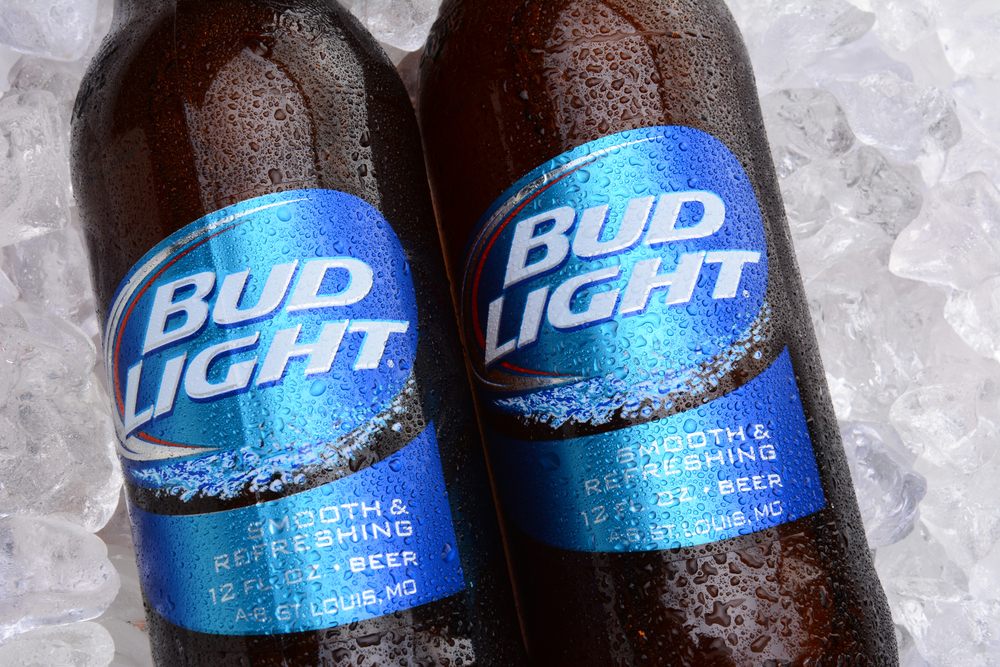
Bottles of Bud Light on ice. (Photo: LunaseeStudios/shutterstock.com)
While light beers remain the king of the roost—again, nearly every possible permutation of light beer is near the top of the popular beer list—consumers’ changing palates are making that lead a little more wobbly now than it’s been in a while.
But one thing that’s likely to be to Bud Light’s advantage in the coming months: Nearly every big brewer is soon expected to put nutrition info on their beer bottles.
That could be a good reminder for the calorie-conscious of the world that they may want to go with something a little less carb-laden, but on the other hand, light beer has been so thinned-down that it has little to no nutritional value whatsoever anyway.
As Medical Daily notes, if you’re willing to drink a slightly heavier beer, there’s actually some more shape to the beer that gives it health benefits. A pint of Guinness, for example, has 126 calories—a nice midway point between Budweiser’s 145 calories and Bud Light’s 110.
And then there’s the further added benefit that you’re not drinking Budweiser.
A version of this post originally appeared on Tedium, a twice-weekly newsletter that hunts for the end of the long tail.

Gastro Obscura covers the world’s most wondrous food and drink.
Sign up for our email, delivered twice a week.






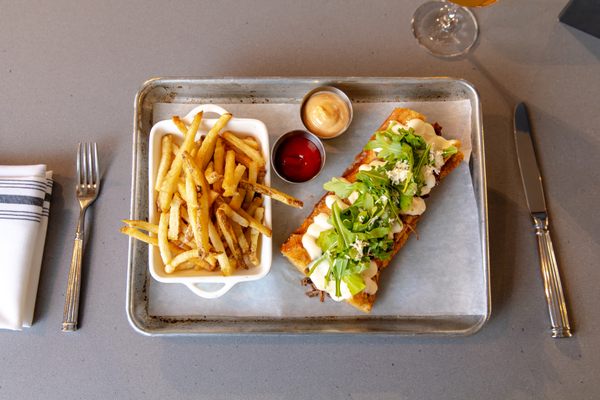
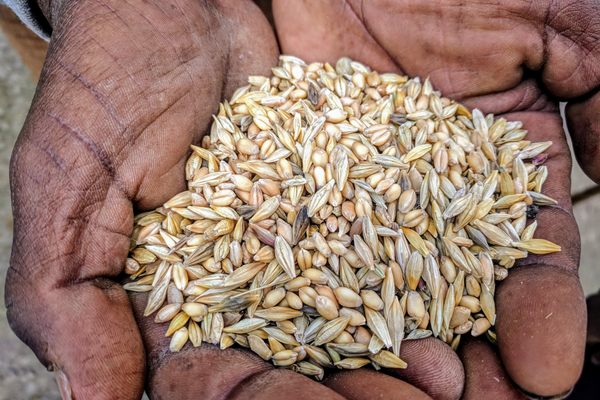
















Follow us on Twitter to get the latest on the world's hidden wonders.
Like us on Facebook to get the latest on the world's hidden wonders.
Follow us on Twitter Like us on Facebook